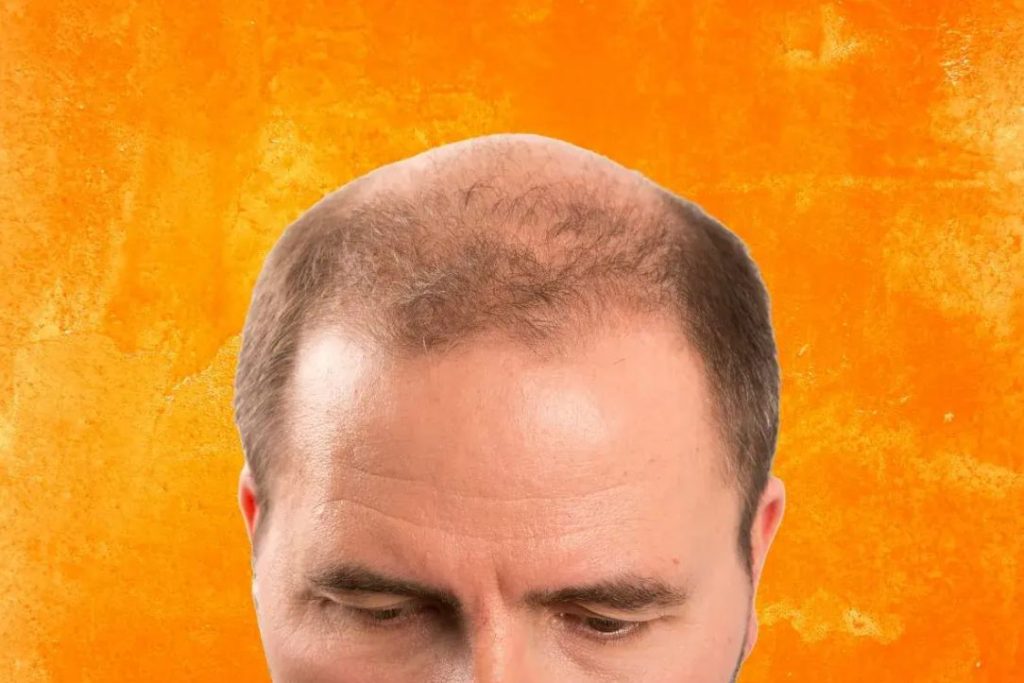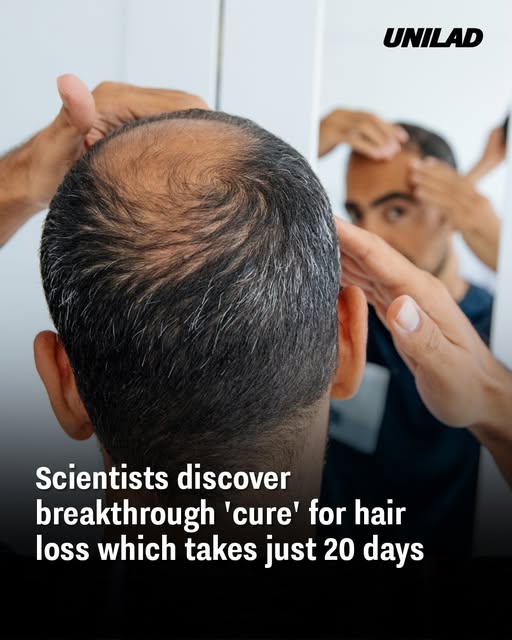Hair loss is a deeply personal struggle for many, and recent scientific efforts are bringing fresh hope. Researchers are increasingly uncovering the once-hidden biology of hair follicles, stem-cells and molecular signals and the result is an evolving landscape of treatments that might permanently reverse thinning or bald patches. What was long thought irreversible now appears far more treatable.
The Stem-Cell Revelation
At the heart of this breakthrough is the discovery of a previously unrecognized population of stem cells in the upper and middle regions of the hair follicle. These cells, when depleted or inactive, appear to halt normal hair growth. Unlike earlier models that placed the key action solely at the base of the follicle, this fresh insight opens a new therapeutic window: if these upper stem-cells can be reactivated or replenished, hair might grow again. Importantly, scientists found these cells still present in bald scalps — meaning regeneration may be possible even when follicles appear dormant.

From Dormant Follicles to Growth Mode
A series of studies have focused on awakening dormant follicles. One method uses a naturally occurring sugar (deoxy-ribose) that promotes blood vessel formation around follicles — in mice models this enhanced hair regrowth to a similar degree as existing treatments.
Another approach uses a small molecule drug (labelled PP405) developed by a team at a major university that claims to stimulate follicle re-awakening after long dormancy.
In parallel, researchers in Madrid combined fat-derived stem cells with the energy molecule ATP in mice and achieved near-complete regrowth of hair in male animals and strong regrowth in females. What stands out is the shift from merely slowing hair loss to reversing it — not just keeping existing hair alive, but prompting new hair growth from follicles considered inactive.
Implications and Promise
These advances suggest a paradigm shift: hair loss may not simply be a cosmetic issue, but a regenerative one. That means treatments aimed at restoring the body’s natural regeneration mechanisms — rather than masking the symptom — could become standard. For patients, this could translate into less invasive options (versus surgical transplantation) and potentially broader applicability (for both men and women). Researchers are cautiously optimistic that one day hair regrowth might involve topical activators of stem-cells or simple compounds rather than major surgery.
What Still Needs to Be Addressed
Despite the excitement, several hurdles remain. Most of the successes so far are in animal models or early‐stage human trials; translating this into safe, effective and affordable treatments for general use will take time. As highlighted by biotech tracking articles, many promising hair-growth therapies falter in late-stage trials.
There are also questions about long-term safety, side-effects, and whether results will hold across diverse populations and types of hair loss (genetic, hormonal, autoimmune). Key scientific questions remain: how to reliably “kick” dormant follicles into growth every time? How to ensure new hair is sustainable?

A New Hope for Those Affected
For millions around the world showing signs of thinning or bald patches, these findings are more than just bright headlines. They may mark the beginning of treatments that actually restore hair rather than just conceal loss. While clinicians caution against over-promising until human data matures, the underlying science is robust and accelerating. If future trials deliver on current promise, the next decade could make hair-regrowth solutions far more accessible and effective — offering a real choice rather than just hope.

















